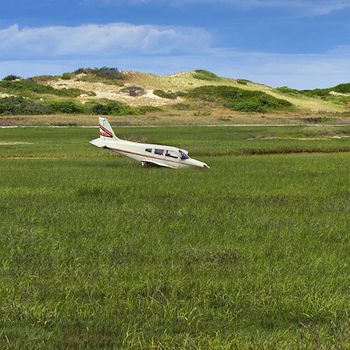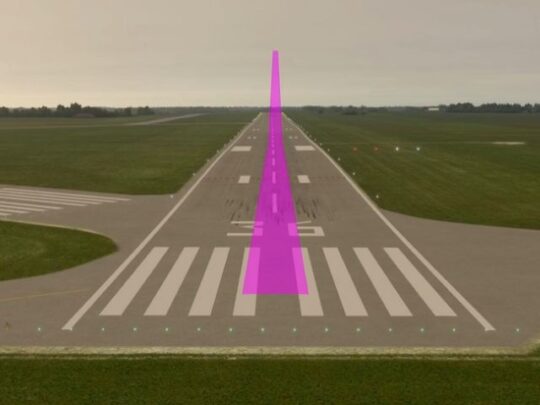Subscriber question:
"In the case of an emergency off-field landing, what criteria should I use to evaluate possible landing places? What are the best options?" - Roy P.
Bob:
 “Four elements are paramount in selecting suitable off-airport landing spots: wind direction, length, surface condition and obstacles.
“Four elements are paramount in selecting suitable off-airport landing spots: wind direction, length, surface condition and obstacles.
Wind direction is important since it is desirable to land into the wind to minimize groundspeed. Smoke or steam emissions from smokestacks can be useful in determining the surface wind direction as well as speed. A good preflight weather briefing for your route of flight will also give you important information about surface winds along the way. Wind will also impact your descent, and some fields that may seem close enough may in fact not be, due to winds aloft. Make sure to factor the wind direction aloft into your landing choice to ensure you can make your desired field.
Length of an off-airport landing area is important in order to minimize the possibility of an overrun.
Regarding surface conditions, a runway or paved surface is most desirable with a level, mowed grass field being next. If a farm or plowed field is the only option, land in the same direction as the furrows. Avoid landing downhill. On hilly terrain, landing across the slope or uphill is preferable.
Obstacles can be deadly, especially large boulders or other objects or obstructions such as fences which could cause sudden stoppages, along with power lines or wires strung across the area.
If you’re flying a single-engine airplane, the best way to ensure the availability of suitable off-airport landing spots is to structure your route to avoid flight over mountainous terrain, heavily forested areas or large bodies of water where possible. These are hostile environments for emergency landings and complicate search and rescue efforts. If you need to fly over such areas, fly as high as possible to improve your glide range and off-field landing options.
Remember that landing on a highway often presents a hostile environment due to traffic, wires, bridges, etc. A lonely country road might be OK if there are no people or power lines visible, but busy highways should be avoided.”
Do you scan for emergency landing spots while you are flying along in cruise?

